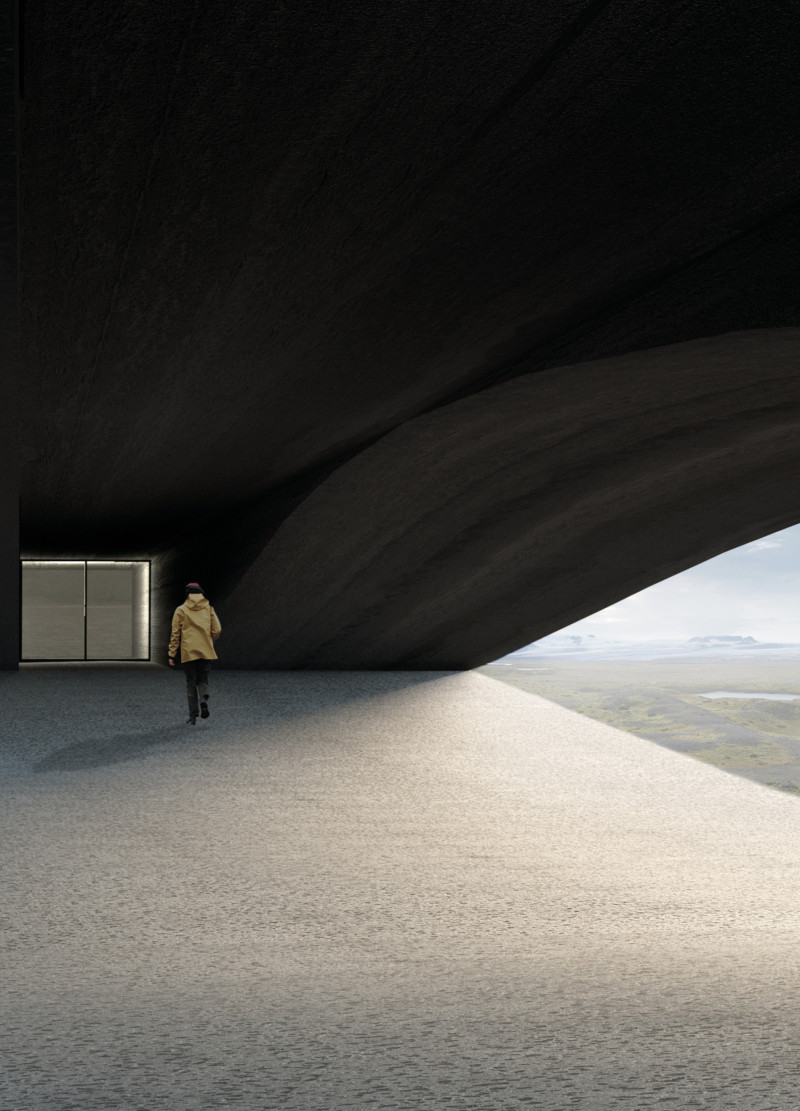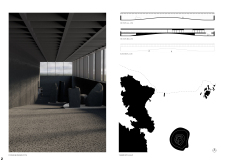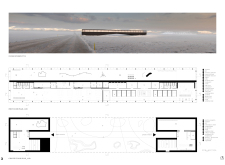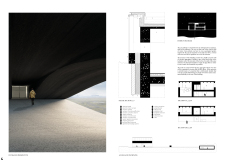5 key facts about this project
At its core, the project represents a modern interpretation of the relationship between built environments and their natural surroundings. The design thoughtfully engages with the site's geographical context, responding to local climate conditions and the existing landscape. The arrangement of spaces is deliberate, creating areas that foster interaction while respecting the need for privacy. This duality is essential in contemporary architectural practice, where user experience takes precedence alongside aesthetic considerations.
The primary function of the project is to provide a versatile environment that accommodates a variety of activities, ranging from communal gatherings to individual pursuits. The layout is designed to enhance social connectivity, with open spaces that encourage movement and dialogue among users. This thoughtful organization is complemented by dedicated areas for quieter reflection or focused work, ensuring that the architectural design meets diverse needs without compromising functionality.
An important aspect of this architectural project is its materiality. The selection of materials has been made with care, considering both sustainability and visual appeal. Reinforced concrete provides structural integrity, while large expanses of glass create a dialogue with the exterior, allowing natural light to permeate the interior spaces. The use of wood, particularly in interior finishes, adds warmth and a tactile quality that invites users to engage with the environment. Each material is selected not only for its functional properties but also for its aesthetic contribution, creating a cohesive visual narrative that resonates throughout the design.
Unique design approaches are evident in various aspects of the project. The facade treatment exemplifies innovation; it combines transparency and solidity, striking a balance between openness to the environment and security for users. Thoughtful overhangs and terraces are employed to extend usable space outdoors, integrating the building with its surrounding context and enhancing the overall user experience.
Landscaping plays a vital role in this architectural project, emphasizing the importance of outdoor spaces. Native plantings and green areas around the building not only enhance visual appeal but also contribute to biodiversity, encouraging wildlife and promoting ecological sustainability. This integration of landscape and architecture fosters a sense of place, rooting the building within its environment while also providing spaces for relaxation and communal gathering.
In conversation with its community, this architectural project stands as a reflection of local customs and values, incorporating elements that pay homage to the area’s cultural heritage. This is achieved through the careful consideration of scale, proportion, and materiality, which together create a space that respects historical context while addressing contemporary needs.
The culmination of these efforts results in a design that is not just visually intriguing but also functional and sustainable. The outcome is a building that embodies a descriptive philosophy of architecture; it serves as a catalyst for community engagement while promoting an appreciation for the surrounding environment.
To fully appreciate the depth of this project, exploring its architectural plans, sections, and specific design features is encouraged. The details within these representations reveal the thought process behind every aspect of the project, providing insights into the architect’s vision and the rationale guiding the design choices. This level of engagement will enrich your understanding of how architecture can respond to human needs and the environment, fostering greater appreciation for the interplay between form and function in modern developments. Dive into the full project presentation for a deeper exploration of this compelling architectural endeavor.


























